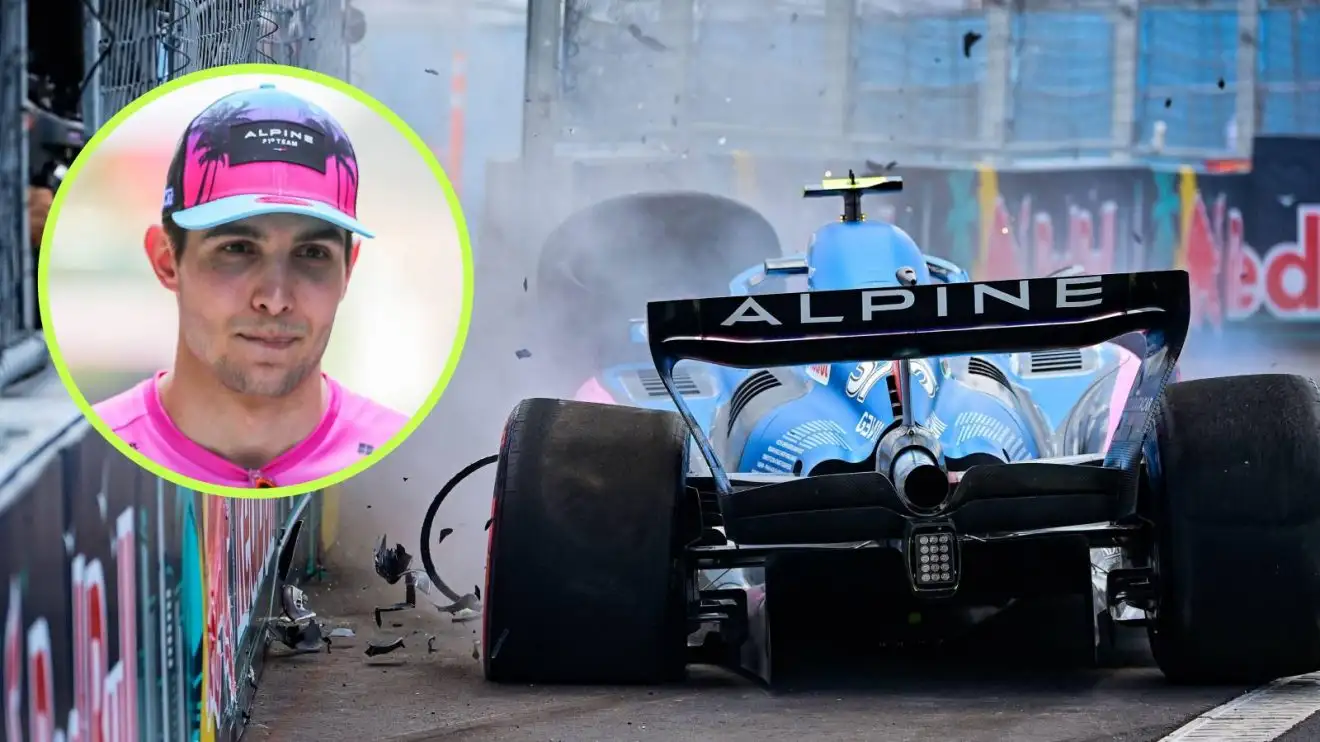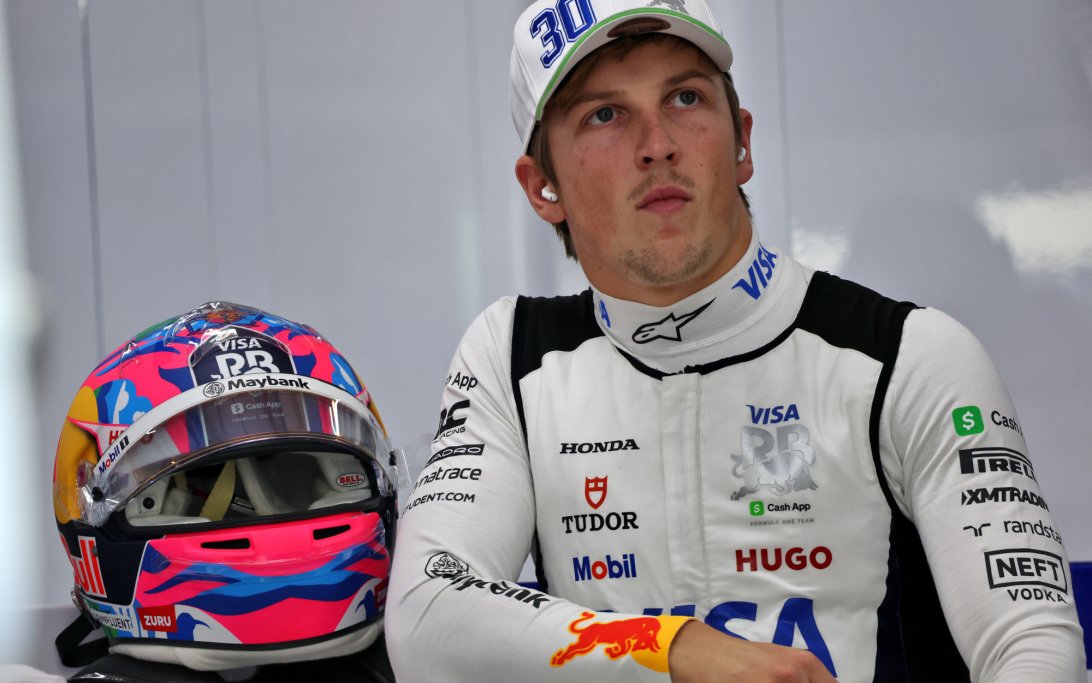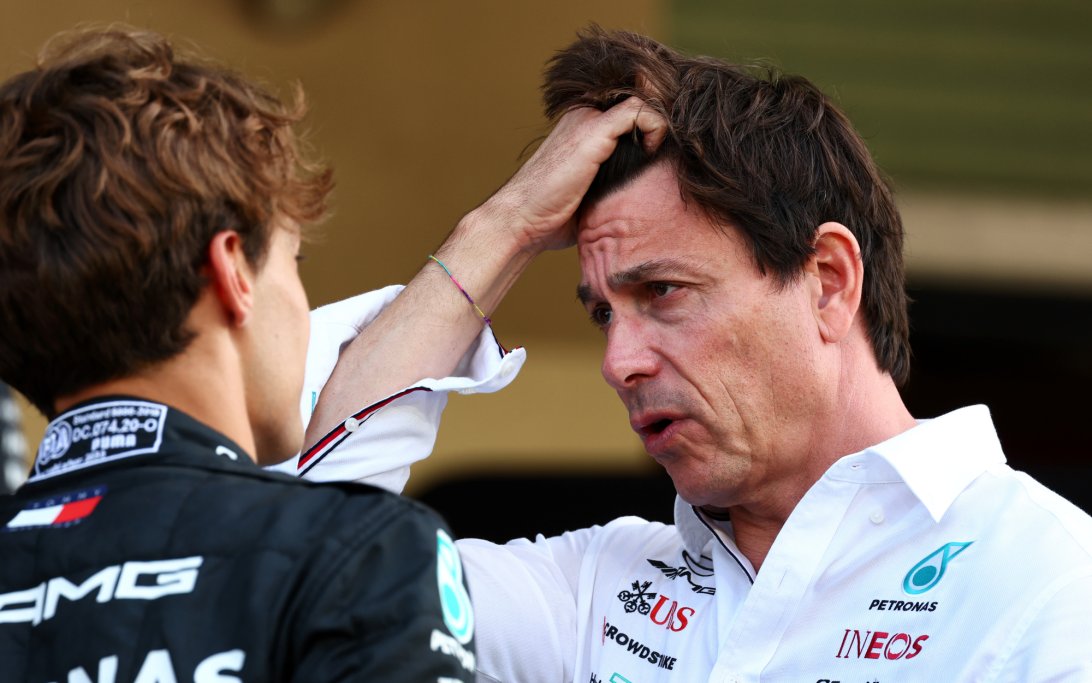
Esteban Ocon Reveals Post-Crash Collapse and Red Urine After 51G Miami Impact
Esteban Ocon has opened up about the alarming physical aftermath of his seemingly innocuous 51G crash at the 2022 Miami Grand Prix, revealing he "collapsed in the shower" and experienced concerning symptoms days after being cleared to race. The then-Alpine driver's account raises questions about driver health protocols and the long-term effects of F1's high-impact incidents.
Why it matters:
- Ocon's candid disclosure highlights the extreme physical toll F1 crashes can take, even when initially deemed fit to continue.
- It brings to light the potential gap between immediate medical clearance and a driver's true physical state, posing questions about the adequacy of current post-crash assessment protocols.
- Such revelations underscore the hidden dangers in motorsport, emphasizing that drivers often push through significant discomfort and potential injury for competition.
The Details:
- The Incident: During FP3 at the 2022 Miami Grand Prix, Ocon, then with Alpine, lost control at Turn 14, slamming sideways into a concrete wall. Despite labeling it as "not that impressive" visually, he noted the impact registered 51G.
- Immediate Damage: The crash shattered his seat, destroyed the pedal box, and left him with severe knee pain, making it difficult to walk.
- Post-Crash Symptoms: Ocon revealed that the next morning, prior to the Grand Prix, he collapsed in the shower, experiencing dizziness and overall unwellness. More disturbingly, he admitted to "peeing red" — a strong indicator of rhabdomyolysis, a serious condition caused by muscle damage.
- Racing Anyway: Despite these severe symptoms, Ocon started the race from the back of the grid and managed to finish eighth, scoring points.
- FIA Regulations: Under 2022 FIA International Sporting Code Article 2.2.1.a, drivers are primarily responsible for reporting any non-benign health issues. While medical officials can request check-ups, the onus is on the driver to disclose symptoms.
- Medical Guidelines: FIA guidelines classify head injuries into 'minimal' (symptoms lasting less than 48 hours, no loss of consciousness) and 'mild' (symptoms over 48 hours, potentially requiring up to 6 weeks off). Ocon's account of blurry eyesight and headaches for days, coupled with his collapse, suggests a more significant impact than initially assessed.
Between the lines:
Ocon's story underscores the immense pressure on F1 drivers to perform and minimize any perceived weakness. The decision to race while experiencing such severe physical symptoms, including a collapse and internal bodily distress, speaks volumes about the culture of resilience and the drive to compete. While the FIA has robust medical protocols, the human element of self-reporting and a driver's own assessment of fitness remain critical, and sometimes, fallible.
What's next:
This revelation could prompt further discussion within the FIA and teams regarding the comprehensive monitoring of driver health post-crash, moving beyond immediate trackside assessments to ensure no underlying issues are missed. It also serves as a stark reminder of the hidden physical toll F1 racing exacts on its elite athletes, often far beyond what is visible to spectators.
Original Article :https://www.planetf1.com/news/esteban-ocon-show-collapse-following-2022-miami-gp...









